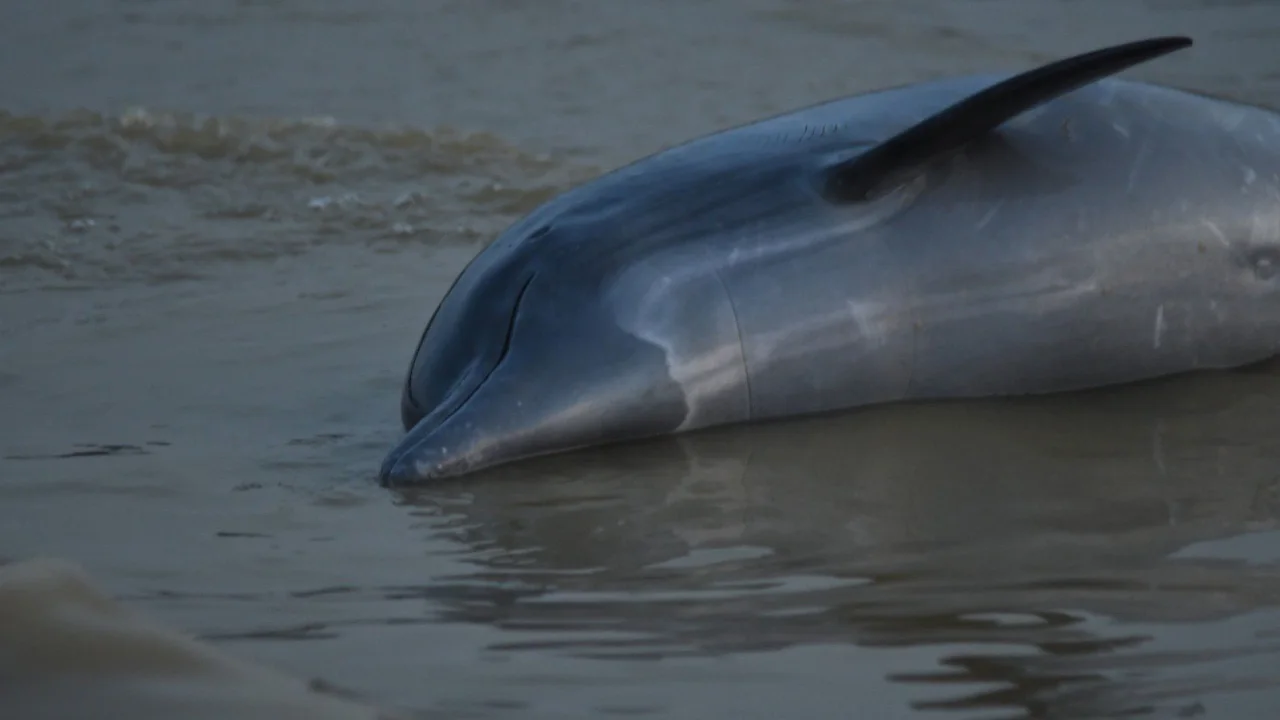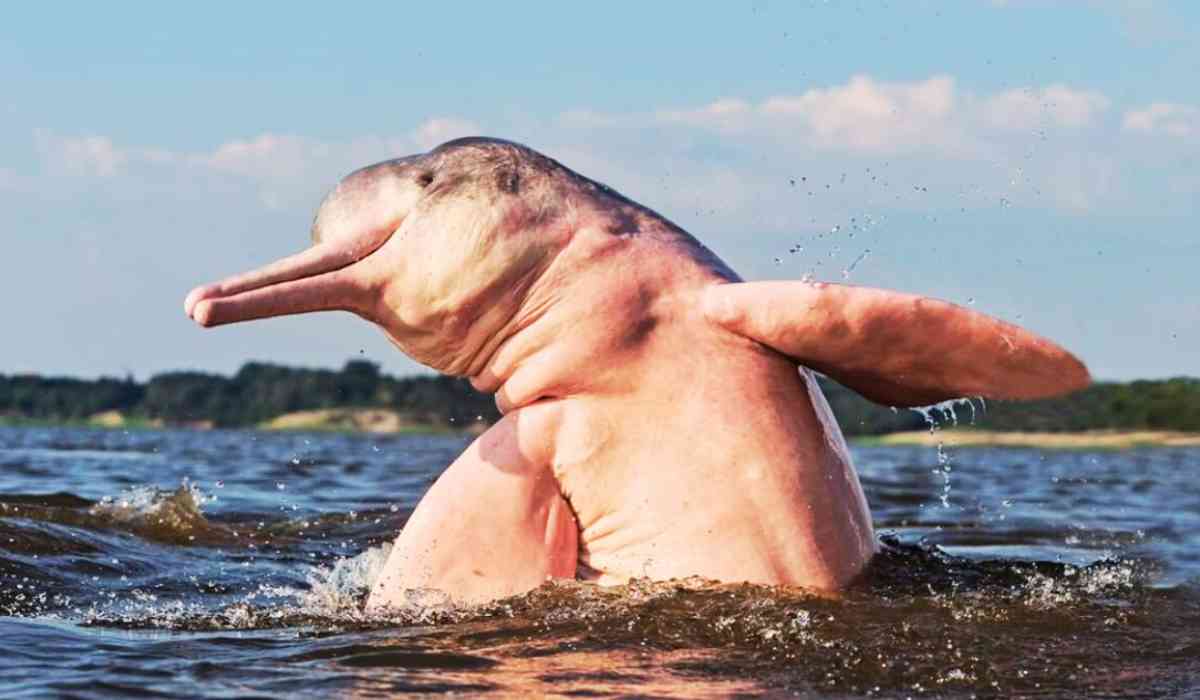In a startling revelation from the heart of the Brazilian Amazon, more than a hundred dolphins have met a tragic end in Lake Tefé over the past week.
This grim discovery coincides with an unprecedented drought and scorching water temperatures, with some areas registering an astonishing 39 degrees Celsius. The Mamirauá Institute, backed by the Brazilian Ministry of Science, has sounded the alarm about this alarming spike in dolphin fatalities.
Such a massive loss of these aquatic mammals is deeply unsettling, and it sparks a chorus of concerns. The prevailing theory suggests a direct link between these deaths and the record-high temperatures plaguing Lake Tefé, all amidst the Amazon's historic drought.

Dry Season's Impact:
The mighty Amazon River, renowned as the world's largest waterway, is currently in the grip of its dry season. This period, marked by dwindling water levels, has brought about soaring temperatures in its encompassing water bodies. And it's not just the dolphins; other river denizens are also grappling with the adverse effects of these scorching conditions. Brazil has recently witnessed a barrage of unusual weather patterns, largely attributed to human-induced climate change and the influence of El Niño. While some southern regions grapple with severe flooding due to intense rainstorms, the northern parts face the brunt of an exceptionally harsh dry season.

Dolphins as River Guardians:
Dolphins play a crucial role as guardians of a river's overall health, directly impacting the communities living along its banks. In the Amazon, these enigmatic creatures, known as "boto," are distinguished by their pink or grey colouration. They primarily feast on piranhas and hold semi-mythological significance in traditional culture, sometimes believed to take human form and engage in extraordinary interactions.
© Copyright 2023. All Rights Reserved Powered by Vygr Media.
























